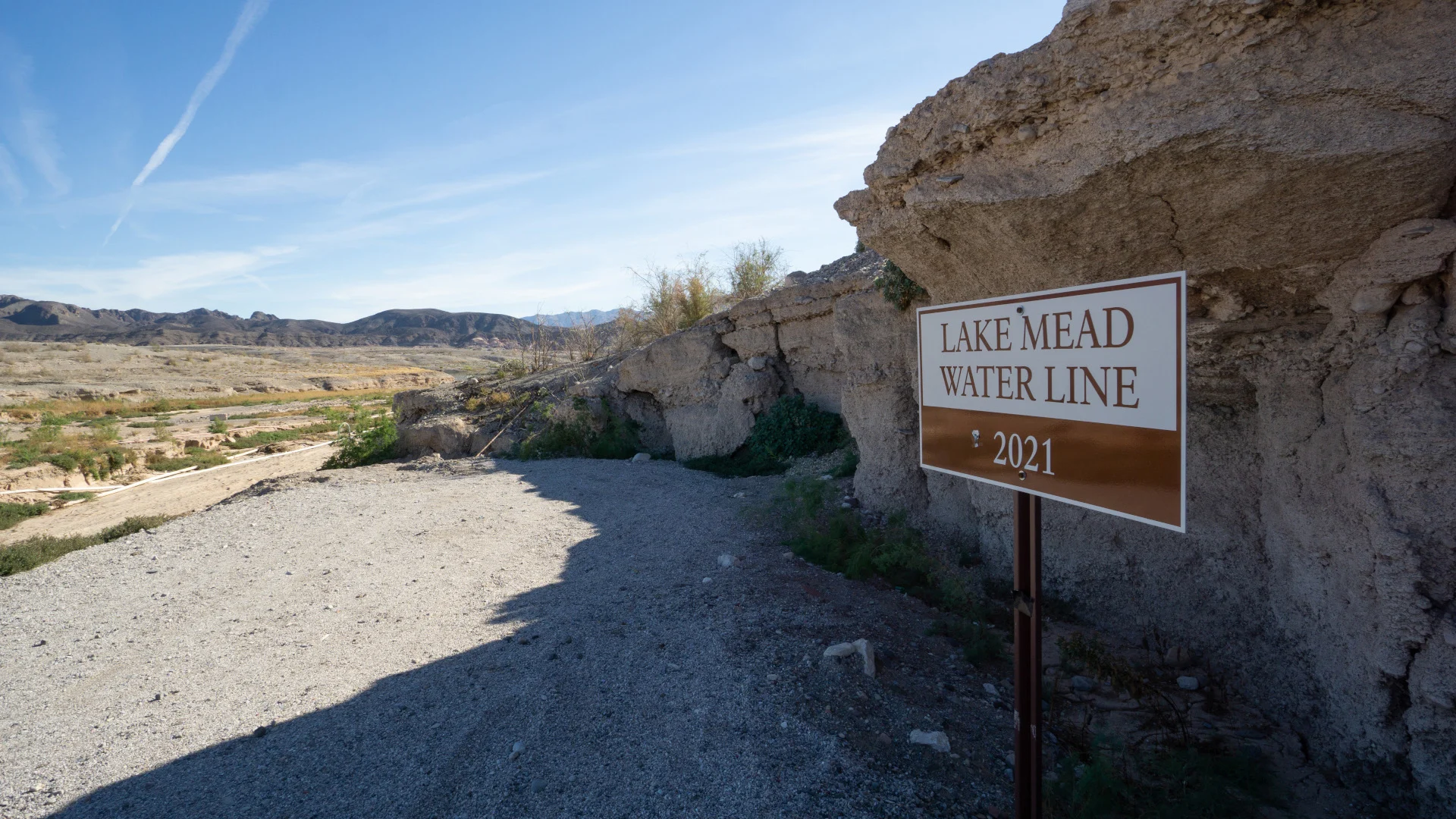
Heat waves, floods, droughts more extreme now due to climate change
The latest research confirms that extreme weather is becoming more severe, and more common, in our warming world.
A new report takes a deep dive into the extreme weather events of the past two years, exploring how human-caused climate change is pushing the severity and risk of these events far beyond what we have experienced in the past.
As greenhouse gas concentrations rise from burning fossil fuels, Earth’s atmosphere and oceans are storing more and more of the heat from the Sun. This is not only causing global temperatures to rise, it is also impacting the weather, as the warmer atmosphere draws more moisture from the biosphere. In some regions of the world, this is increasing the severity of droughts and wildfires. In other areas, it is causing heavy precipitation and flooding.
In the new Explaining Extreme Events of 2021 and 2022 from a Climate Perspective report, researchers from around the world examined specific severe weather events over the past two years, pouring over the data and running simulations, looking for the fingerprints of climate change.
“A key finding emerging both from this new research in BAMS and elsewhere in the scientific literature is that extreme heat events are increasingly far outside the historical record because of climate change, which has implications for risk assessment,” NOAA climate scientist Stephanie Herring, who was one of the editors of this new report, said in a press release.
“To better understand what we might be facing in the future, we need to continue to research how these events are changing over time and consider the possibility that we are underestimating future risk.”
According to NOAA, the findings of these studies include:
The unprecedented October 2021 heat wave in South Korea, where temperatures during the first 15 days of the month averaged out to 19.9°C — 3.9°C above the 1991-2020 average, corresponded to a one-in-6,250-year event. Due to climate change, such events are now at least four times more likely to occur, and if greenhouse gas emissions are not reduced, they could recur every two years by 2050.
The record-breaking February 2021 hot spell in East Asia was between four and 20 times more likely due to human-induced climate change.
The extreme Northwest Pacific marine heatwave in July 2021 was over 40 times more likely to occur now than in pre-industrial times, and while it would have been a one-in-200-year event in the past, it is now more likely to happen once every five years.
The combination of La Niña with the impacts of climate change made the extreme drought experienced in California and Nevada from October 2020 to September 2021 six times more likely to occur.
The severe, long-lasting drought in Iran from 2020-2021 was 50 per cent more likely to occur than in the past, primarily due to anthropogenic climate change.
The extreme fire weather that coincided with the April 2021 Cape Town wildfire was roughly 90 per cent more likely to happen now than in the past.
The severe rainfall across the United Kingdom in May 2021 was 150 per cent more likely due to climate change.
Abnormally strong southerly winds caused persistent cloudiness over the Tibetan Plateau, enhanced by aerosol pollution and GHG-induced warming, severe enough to reduce vegetation growth during the region’s 2021 growing season.
“These studies contextualize recent extreme events, explaining how the risk for them is changing in time, and highlighting how climate change is making them more likely or severe,” NOAA chief scientist Dr. Sarah Kapnick said in the press release. “By helping quantify these evolving risks and what is causing them, we can help communities plan and prepare for the future with a better sense of what lies ahead.”
This Explaining Extreme Events report is the 11th of its kind since 2011 to be published in the Bulletin of the American Meteorological Society (BAMS). According to NOAA, “Over 80 per cent of the more than 200 research findings published in this series identified a substantial link between an extreme event and climate change.”
“Human-caused climate change is an extreme disruption of the Earth system,” Paul Higgins, associate executive director of the American Meteorological Society, said in the NOAA statement. “We should expect it to lead to more extreme events, as this new research helps to show. We must do what we can to help people, and all life, thrive in spite of this danger.”
Thumbnail image: A sign marks the shoreline of Lake Mead, Nevada, in 2021, now well above the present shoreline. The area has been impacted by extreme drought. (Marli Miller/UCG/Universal Images Group via Getty Images)











